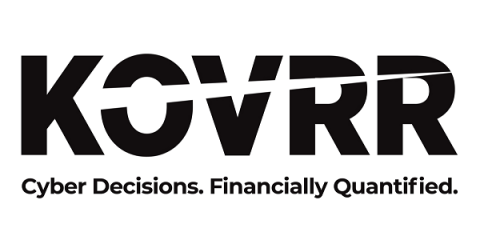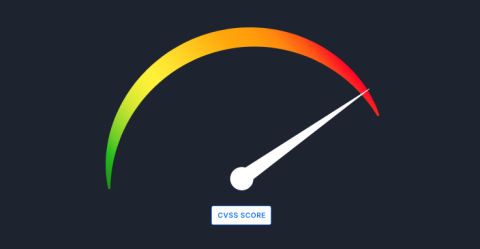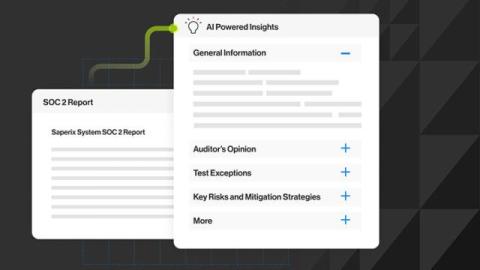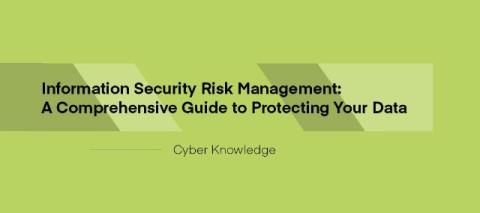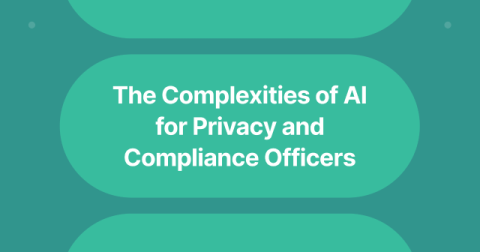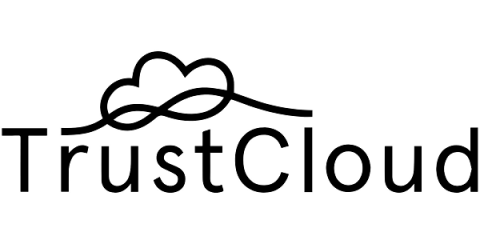Harnessing Cyber Risk Modeling to Navigate Modern Business Threats
Embracing cyber risk management during a time in which the average cost of a data breach nearly surpasses $5 million is not merely a strategic option; it’s an absolute imperative. This calculated move, however, is not as straightforward as deploying an end-point detection solution, for example, or conducting monthly cybersecurity awareness sessions.


